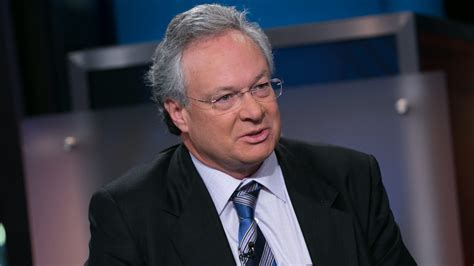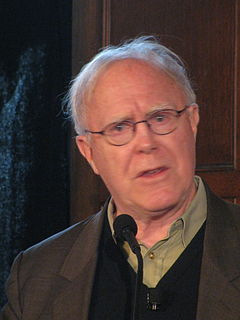A Quote by Kimiko Glenn
I'm actually more German than Scottish. I'm half-Japanese, 25 percent German, 12 percent Scottish, and 12 percent Irish.
Related Quotes
The Hispanic population grew by 4.7 percent last year, while blacks expanded by 1.5 percent and whites by a paltry 0.3 percent. Hispanics cast 6 percent of the vote in 1990 and 12 percent in 2000. If their numbers expand at the current pace, they will be up to 18 percent in 2010 and 24 percent in 2020. With one-third of Hispanics voting Republican, they are the jump ball in American politics. As this vote goes, so goes the future.
The American Journal of Clinical Nutrition claims that a moderate beer drinker - whatever that means - swallows 11 percent of his dietary protein needs, 12 percent of the carbohydrates, 9 percent of essential phosphorus, 7 percent of his riboflavin, and 5 percent of niacin. Should he go on to immoderate beer drinking, he becomes a walking vitamin pill.
Being hapa, or more specifically, half-Japanese half-Euro mutt (English, Irish, Scottish, Dutch, French, Welsh, German. . .in case you were wondering), has definitely helped shape who I am. It's very cool to get to identify and learn about all these unique cultures and I think it's helped put the world in perspective.
I'm going to create tremendous jobs. And we're bringing GDP from, really, 1 percent, which is what it is now, and if Hillary Clinton got in, it will be less than zero. But we're bringing it from 1 percent up to 4 percent. And I actually think we can go higher than 4 percent. I think you can go to 5 percent or 6 percent.
Forests are breaking out all over America. New England has more forests since the Civil War. In 1880, New York State was only 25 percent forested. Today it is more than 66 percent. In 1850, Vermont was only 35 percent forested. Now it's 76 percent forested and rising. In the south, more land is covered by forest than at any time in the last century. In 1936 a study found that 80 percent of piedmont Georgia was without trees. Today nearly 70 percent of the state is forested. In the last decade alone, America has added more than 10 million acres of forestland.




































